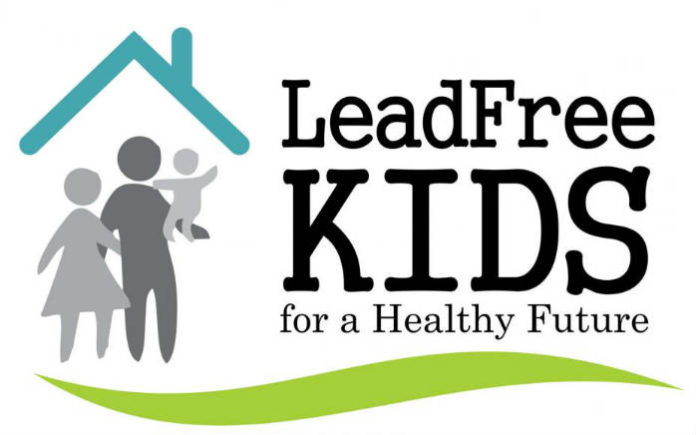International lead poisoning prevention week of action
23-29 October 2016
Theme: Ban lead paint
The issue
Lead poisoning is entirely preventable, yet the Institute for Health Metrics and Evaluation (1) has estimated that in 2013 lead exposure accounted for 853 000 deaths and 16.8 million disability adjusted life years (DALYs) due to long-term health effects, with the highest burden in developing regions. Of particular concern is the role of lead exposure in the development of intellectual disability in children.
Even though there is wide recognition of the harmful effects of lead and many countries have taken action, exposure to lead, particularly in childhood, remains of key concern to health care providers and public health officials worldwide.
An important source of lead exposure, particularly in children, is paint containing high levels of lead. These paints are still widely available and used in many countries for decorative purposes, although good substitutes without lead are available.
At the World Summit on Sustainable Development in 2002, governments called for the phase-out of lead-based paint. The Global Alliance to Eliminate Lead Paint (Lead Paint Alliance) was formed in 2011 to promote the phase-out of the manufacture and sale of paints containing lead and eventually to eliminate the risks that such paints pose. A key requirement for achieving this is the establishment of appropriate national regulatory frameworks to stop the manufacture, import, export, distribution, sale and use of lead paints and products coated with lead paints. In its Business Plan, the Lead Paint Alliance set a target that by 2020 all countries should have in place such a regulatory framework, with a view to phasing out the use of lead paint altogether. In a survey carried out by WHO and the United Nations Environment Programme, (UNEP), which jointly coordinate the Lead Paint Alliance, as of 30 June 2016 only 62 governments confirmed that they have legally binding control measures on lead paint. Clearly more work is needed on this issue and International Lead Poisoning Prevention Week provides an opportunity to mobilize political and social commitment for further progress.
The objectives
During the campaign week, the Global Alliance to Eliminate Lead Paint aims to:
- Raise awareness about lead poisoning;
- Highlight countries and partners’ efforts to prevent childhood lead poisoning; and
- Urge further action to eliminate lead paint.



























